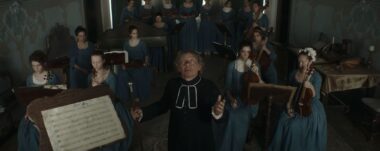The National Monument of Costa Rica: A Symbol of Independence and Sovereignty
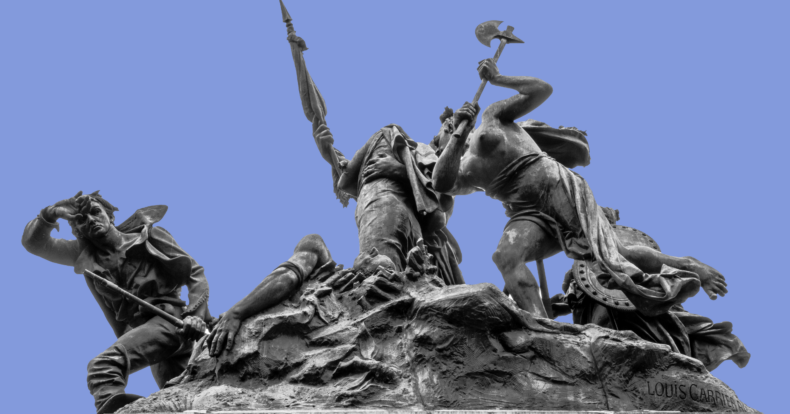
The National Monument of Costa Rica
The National Monument of Costa Rica, unveiled on September 15, 1895, is a sculptural work that is considered the country’s most important monument. Designed by French sculptor Louis-Robert Carrier-Belleuse, it is located in the National Park of San José, the capital of Costa Rica. It represents the resistance of Central American nations against foreign invaders known as filibusters.
Historical Context
This monument commemorates the triumph of the Central American countries over invading forces led by the American William Walker. He attempted to conquer Central America between 1855 and 1857. The defense of Costa Rica’s independence and sovereignty was led by President Juan Rafael Mora Porras. This took place during the National Campaign of 1856-1857, a historical event that was decisive in forming Costa Rica’s national identity.
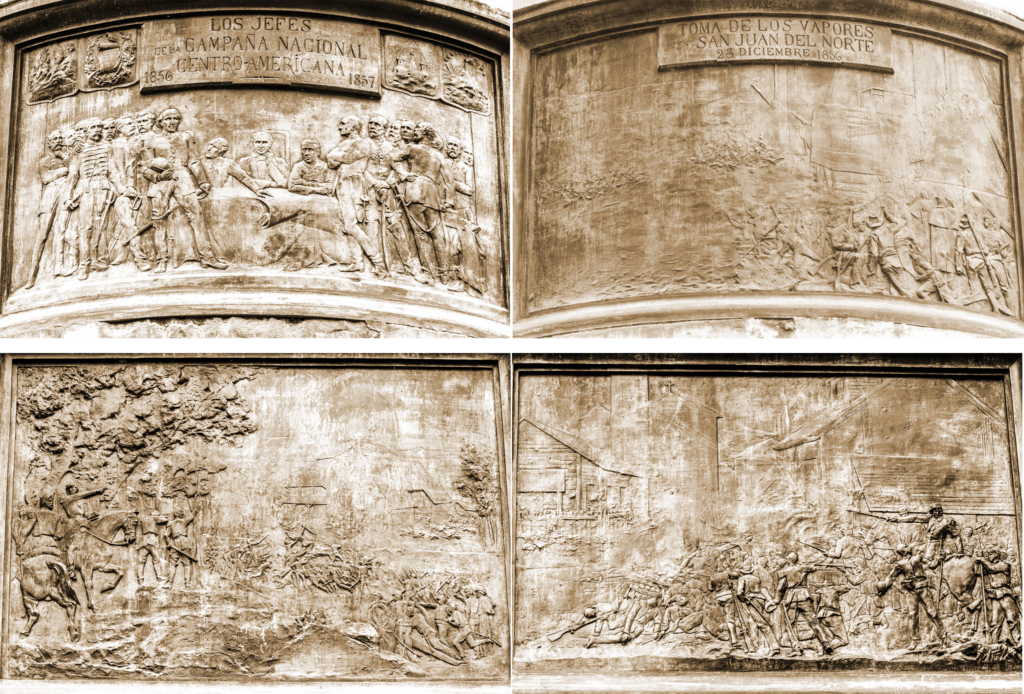
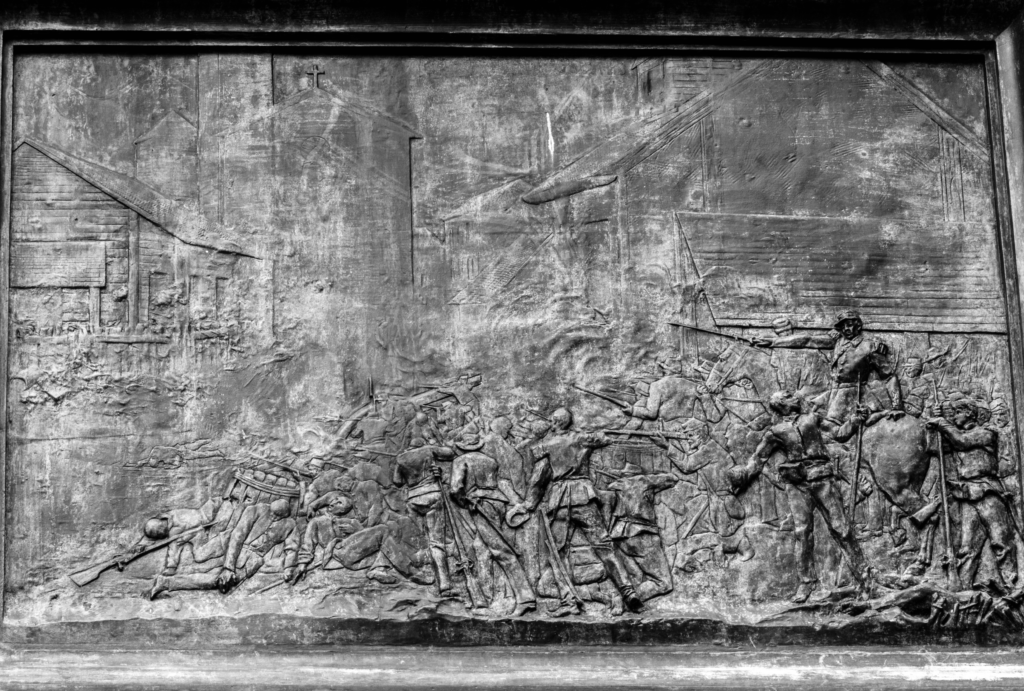
Sculpture and its Meaning
The National Monument is a bronze sculpture on a pedestal, where five female figures bear arms. One of these figures lies fallen, representing the soldiers who lost their lives in the war, while another figure symbolizes William Walker fleeing. At the center of the group, the main figure, wearing a Phrygian cap (symbol of freedom), represents Costa Rica flying the national flag and holding Nicaragua, while haranguing the other republics -Guatemala, El Salvador and Honduras- to fight against the invaders.
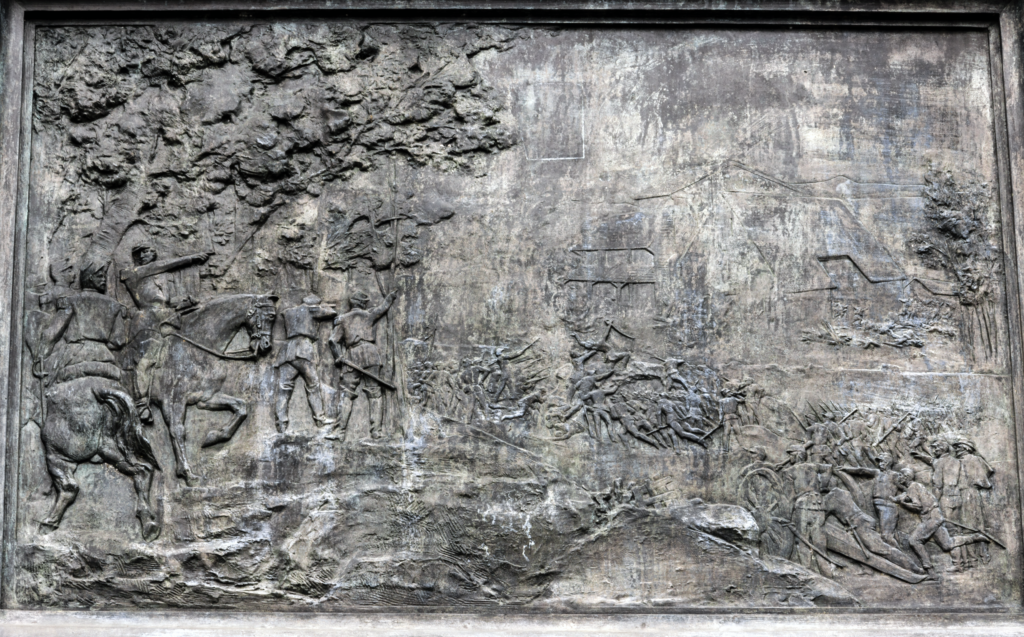
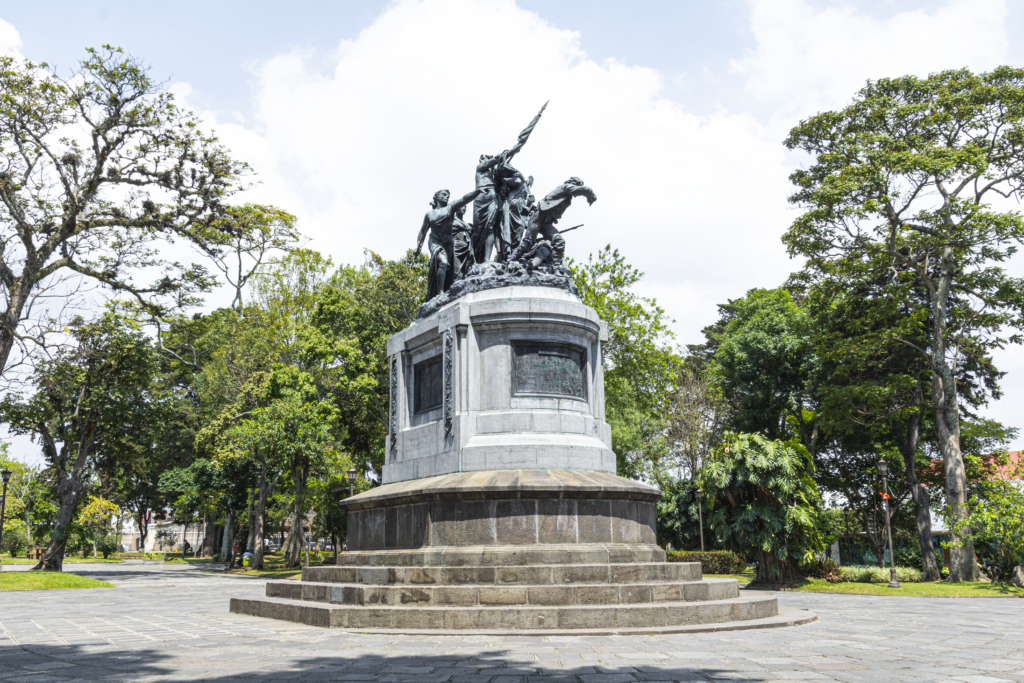
Navigate articles




